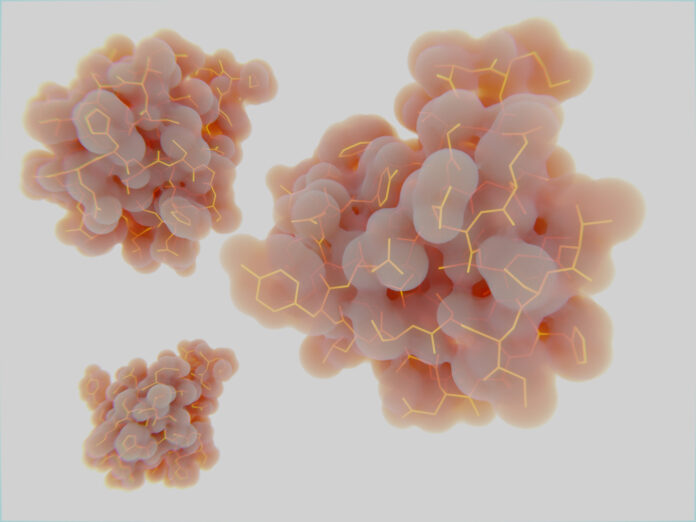
Insulin sensitivity varies during women’s menstrual cycles, a small trial has shown, which could help explain particular food cravings before periods.
Women’s brains showed reduced insulin sensitivity during the luteal phase, which begins just after ovulation and ends just before menstruation.
But they had enhanced brain insulin sensitivity, specifically in the hypothalamus region, during the follicular phase when eggs mature in the ovaries.
The Nature Metabolism study demonstrates the vital role of insulin in the brain in choreographing metabolic adaptations and insulin sensitivity for the whole body during the menstrual cycle.
“Flanked by the observed increase in hypothalamic insulin sensitivity, it is plausible that altered hypothalamic projections to motivational circuits could help to explain associated changes in body weight regulation, appetite and food craving that are often reported in a premenstrual (that is, late luteal) phase when central insulin sensitivity is lower,” noted Nils Kroemer, PhD, from the University of Bonn in an accompanying News & Views article.
He suggests that future studies should examine the behavioral and clinical implications of what lies behind the findings and whether they may contribute to mood or eating disorders.
Most studies exploring the action of insulin on the brain have focused on men and metabolic changes in women during the menstrual cycle have been poorly understood.
Martin Heni, PhD, from Eberhard Karls University Tübingen, and colleagues therefore investigated the influence of brain insulin activity in 11 women during both the follicular and luteal phases of the menstrual cycle.
The women underwent hyperinsulinemic–euglycemic clamps to measure insulin sensitivity while receiving nasal insulin or placebo sprays.
Results showed increased insulin sensitivity during the follicular phase that was not present in the luteal phase.
Among 15 additional women, functional MRI scans were carried out to measure insulin sensitivity in the hypothalamus.
Results showed similar insulin sensitivity in the follicular but not luteal phase of the menstrual cycle.
The researchers speculate that the brain’s sensitivity to insulin is higher during the follicular phase of the menstrual cycle.
They further suggest that brain insulin resistance could contribute to whole-body insulin resistance in the luteal phase and propose reasons behind this.
“One major function of the menstrual cycle is the preparation of the uterus and the rest of the body for a potential upcoming pregnancy,” they noted.
“During the follicular phase, glucose fluxes over the human body must be precisely relayed to areas with high energy need, including the uterus with the growing endometrium.
“In the luteal phase, lack of the brain-derived modulation of peripheral insulin sensitivity could promote energy storage in adipose tissue.”













